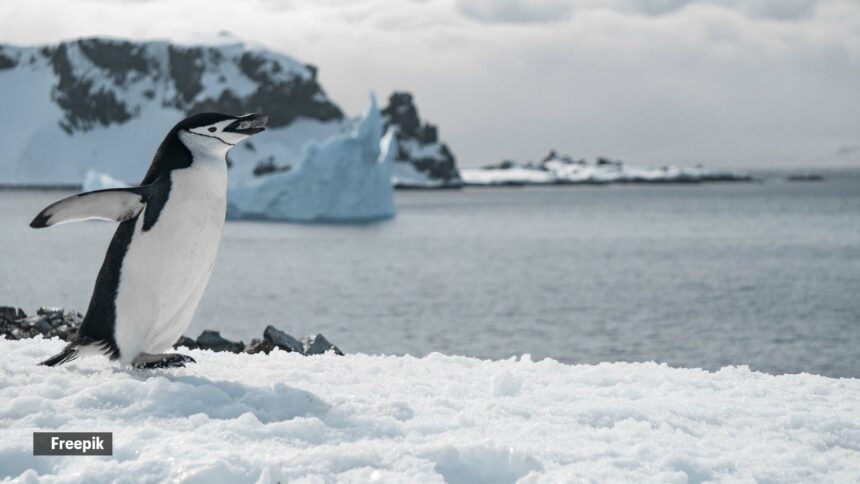From scorching deserts to the freezing poles, some animals have evolved to thrive, where few others can. Meet six such species that embody nature’s brilliance in adaptation.
These flightless birds endure Antarctica’s brutal winters, where temperatures drop to negative 40 degree Celsius. During mating season, they huddle in large colonies for warmth, rotating positions so even those on the outer edge get a turn in the centre. Their survival hinges on collective effort and resilience.
Dubbed the “ship of the desert,” camels handle temperatures up to 49 degree Celsius and can go over a week without water. Their humps store fat, which can be converted into energy and moisture, helping them endure long stretches of food and water scarcity.
Also known as water bears, tardigrades are microscopic animals that can withstand extreme heat, freezing cold, radiation, and even the vacuum of space. They do this by entering a dormant state called cryptobiosis. As chemist Derreck Collin told Science News, “Tardigrades aren’t extremophiles, they are extremo-tolerant.”
Found across the Circumpolar Arctic, this fox has thick fur that changes with the seasons—brown in summer, white in winter—for both insulation and camouflage. It is often referred to as the white fox or polar fox. Its compact body shape minimises heat loss. With a varied diet of plants and animals, it is well adapted to survive the Arctic’s sparse ecosystem.
Living near hydrothermal vents deep in the ocean, tube worms thrive without sunlight. These vents release water above 370 degree Celsius by the Earth’s magma, but the surrounding area remains survivable. Tube worms rely on internal bacteria to convert vent chemicals into energy through chemosynthesis, a rare survival strategy.
Yeti Crabs, also called Kiwa hirsuta, are usually found near hydrothermal vents at depths of 2200 meters in the Pacific Ocean. They flourish in total darkness and extreme heat as high as 77 degrees Fahrenheit, cultivating bacteria on their fuzzy claws as a food source.








